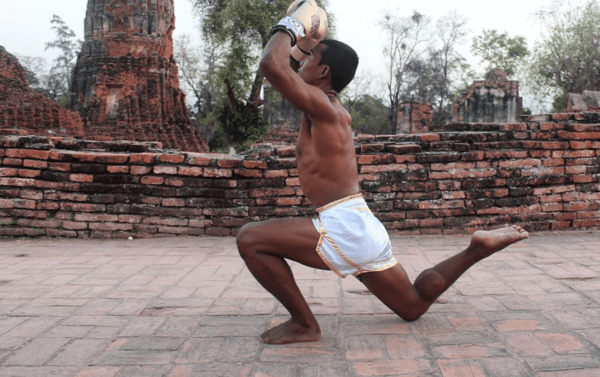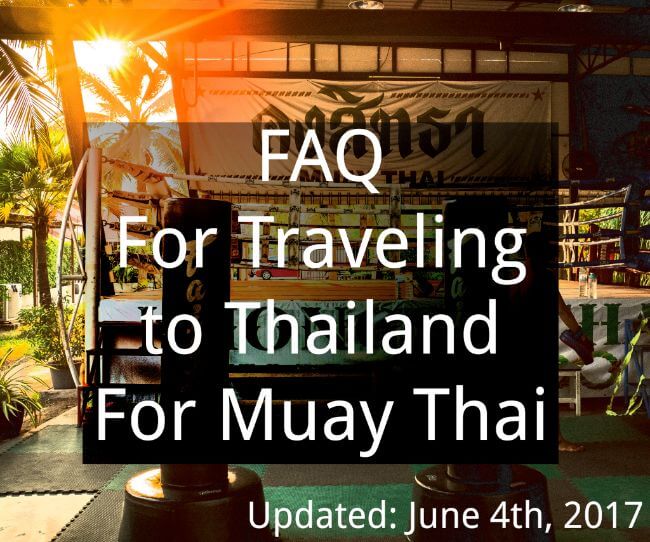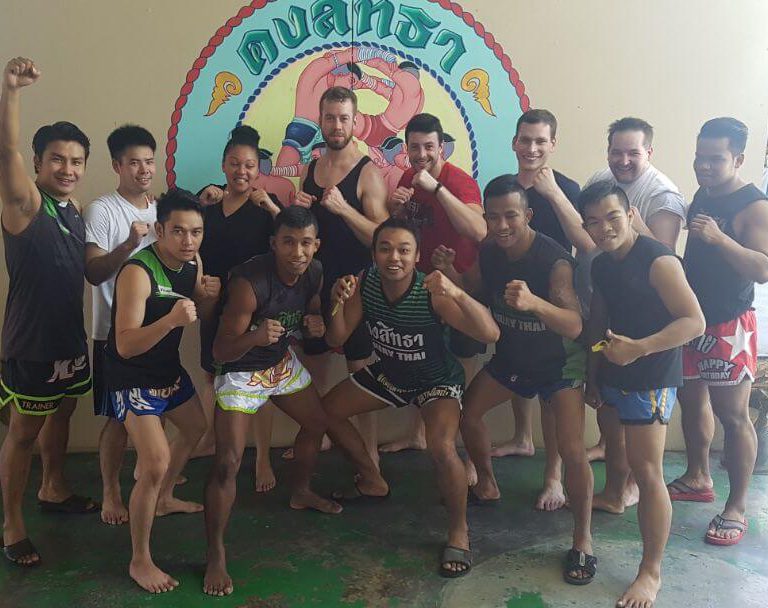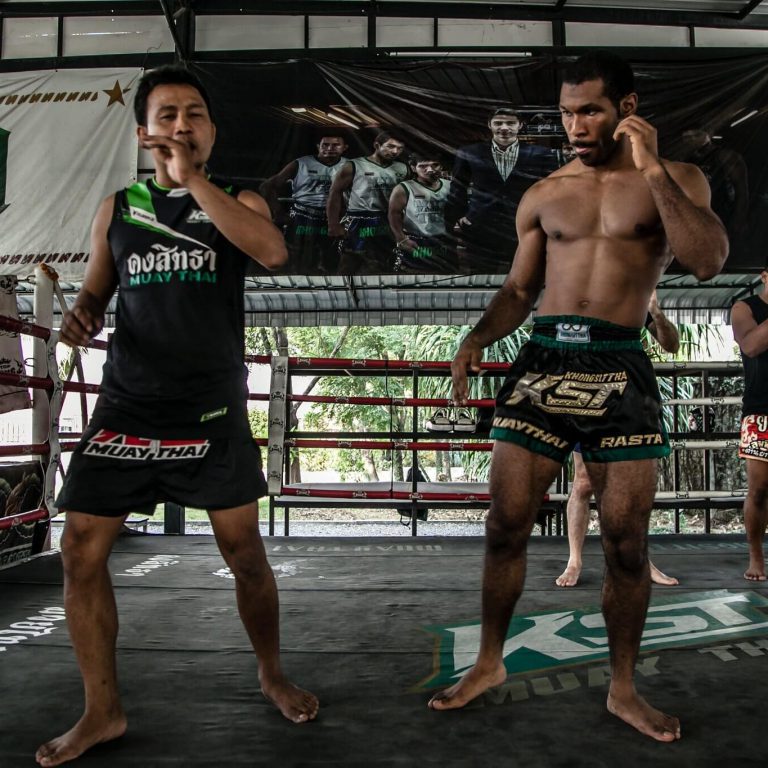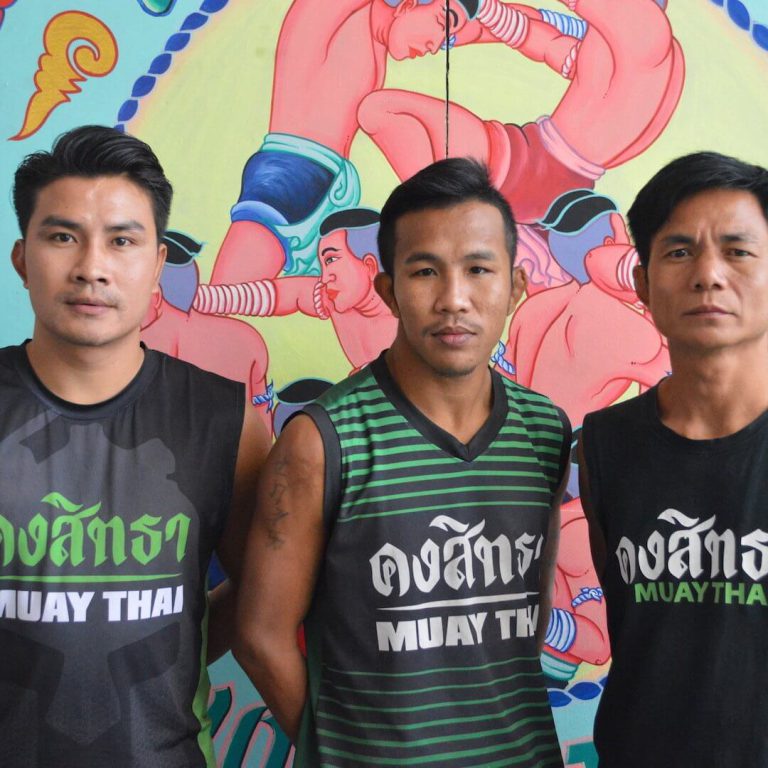
The Reasons
The Wai Khru Ram Muay dance is the Thai way to center the different forces of a fighter, with the main focus being mind, body, and spirit. It’s the main ritual that fighters use to pay respect to their teacher, and the movements are steeped in Buddhist religion. You can also say that it’s used as a way to warmup upon entering the ring. The video below demonstrates why a good Wai Khru dance requires strength, patience, self-control, and just as much coordination as it does to land kicks and punches.
Let’s take a look at what the words actually mean. “Wai” is the hand gesture that Thai people use to greet or show respect to someone. It’s the bringing of one’s hands together and bowing afterwards.
Khru, or Kru, means “teacher.” Put these two words together and you get a phrase that basically means, paying respect to your teacher. “Ram” in Thai means to dance, and “Muay” translates into boxing.
“Respect, teacher, dance, boxing.”
Wai Khru as a Thai Tradition
Paying respect to elders and teachers has always been an integral part of Thai culture. Many schools, not just Muay Thai camps, have their students practice the Wai Khru, although it takes a slightly different shape in academic institutions. Buddhist schools partake in a ceremony once a year where students make a prayer for the coming year, and then begin a chant. After this, students will bring offerings to their teachers as a way to both thank and pay respect. Offerings vary between candles, flowers, incense sticks, and other arrangements.
There are teachers in many different areas, so there are many different rituals. For those in Thai dance or music schools, the ritual is a bit different. The Wai Kru ceremony is also held once a year, on Thursdays – which have a religious character in Thailand, being the day of the god of teachers and learning, Brishapati. In all educational institutions, this day is usually chosen for the ritual. In music schools, they also take on a more religious, traditional form, in that Buddhist monks are sometimes invited to say prayers. They are offered alms the day before the Wai Kru, and then they show up to say some prayers that start the ceremony.
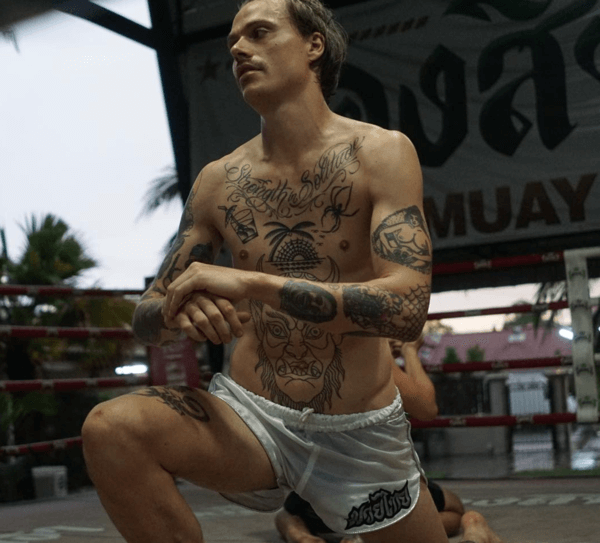
The Wai Khru Ram Muay is specifically for Muay Thai boxing. As with all Wai Khru, the movements are rooted in Buddhist tradition. Throughout history, Muay Thai was originally performed during ceremonies, festivals, and important occasions. Fighters would pay respect to their teachers and their Buddhist beliefs. Muay Thai was also a competitive way for Thai military to showcase their physical and technical talent to others as well as their superiors. Buddhism is a peaceful religion, as most are as well, but it’s important to realize that even though Muay Thai is a bloody sport, the Wai Khru serves as a way of asking for forgiveness for the cruelty and fierceness of war, through a dance form that is rich in art and respect.

